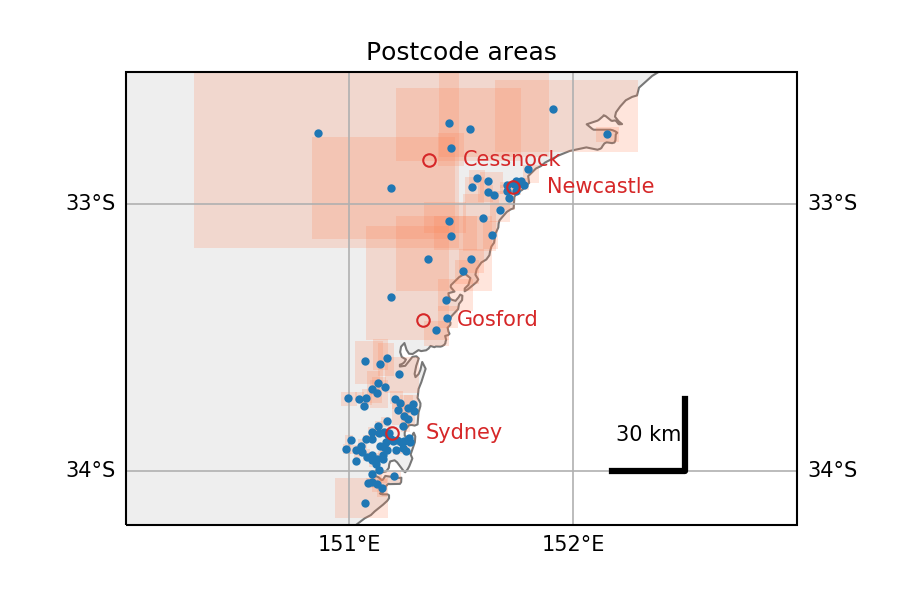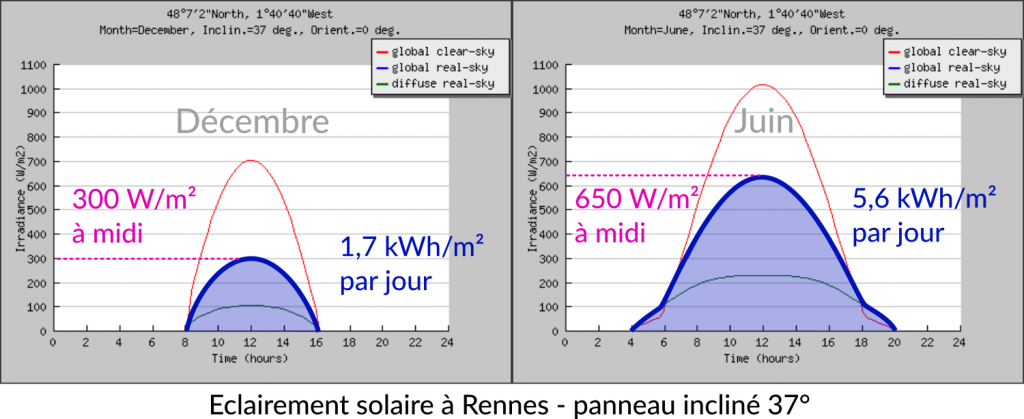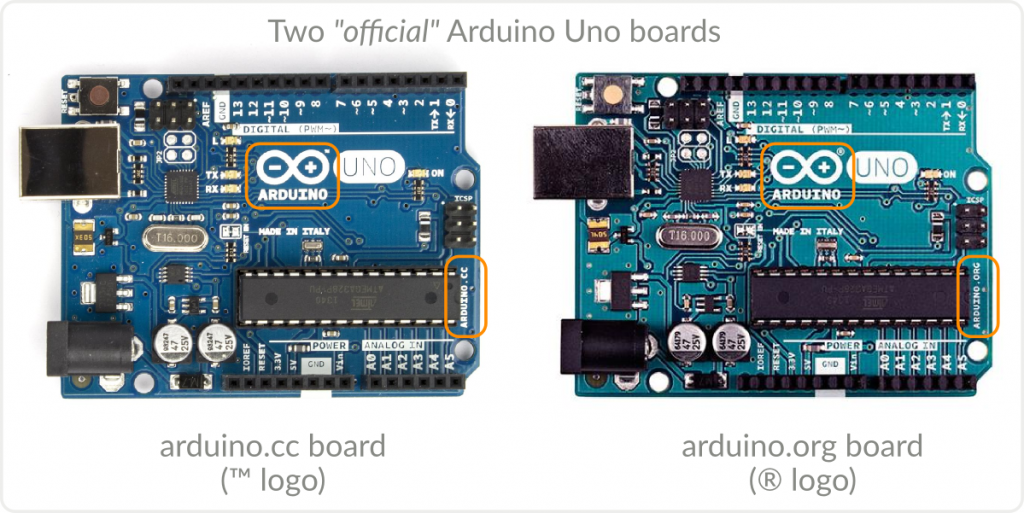This a copy of the post I've just placed JModelica forum: http://jmodelica.org/27775
I just wanted to share my experience building JModelica from source (trunk version) on Ubuntu 16.04. After several attempts, I think I've a quite streamlined procedure. Both commands "make install" and "make casadi_interface" are successful. In the end, I was also able to successfully run "make test" (although it took 58 min on the virtual machine).
For most aspects, I've followed the user guide, but using updated versions of the dependencies (see after), in particular using Java 8 instead of 6 (not available anymore).
My main departure from user guide is that I used Ipopt from Ubuntu instead of compiling from source, as recommended. This works well enough (functionally speaking, since I've no ideas about the performance). In the end, I think this approach is simpler/quicker (especially since it also saves from recompiling blas). However, I had to manually patch one Ipopt header for the compilation to work (but then this modification may not be needed when just using the JModelica binary). See below.
It would be also interesting to try with Ipopt compiled from source, but for the moment I've no incentive to replace something that I just got to work!
Dependency versions
Here are the list of versions of the main dependencies (some packages, like g++, come already pre-installed with a fresh Ubuntu install):
g++: 5.4.0
subversion: 1.9.3
gfortran: 5.4.0
cmake: 3.5.1
swig: 3.0.8
ant: 1.9.6
openjdk-8-jdk (8u91) , instead of openjdk-6
python-dev: 2.7.11
python-numpy: 1.11
python-scipy: 0.17
python-matplotlib: 1.5.1
cython: 0.23.4
python-lxml: 3.5.0
python-nose: 1.3.7
python-jpype: 0.5.4.2 (alternative: there is a fork JPype1, on PyP, which seems more up to dateI. not tested)
zlib1g-dev: 1.2.8
libboost-dev: 1.58
jcc: 2.21 (from Ubuntu rather than from PyPI, as suggested in the user guide, since both versions are the same)
extra : python-pip : 8.1.1
For ipython, I'm NOT using 2.4.1 from Ubuntu, but rather 5.1 from PyPI (pip install)
Also, for using Ipopt from Ubuntu, ipopt + some extra headers are needed:
coinor-libipopt1v5: 3.11.9
coinor-libipopt-dev: 3.11.9
libblas-dev: 3.6.0
liblapack-dev: 3.6.0
Patching Ubuntu's Ipopt header
As I said, I had to patch one Ipopt header. The starting point is this compilation error in the "make install" before the patch:
libtool: compile: g++ -DHAVE_CONFIG_H -I. -I../../../JMI/src -I../.. -Wall -I/usr/include/coin -DJMI_AD=JMI_AD_NONE -g -I/home/modelica/JModelica_trunk/build/sundials_install/include -fPIC -g -O2 -MT libjmi_solver_la-jmi_opt_coll_ipopt.lo -MD -MP -MF .deps/libjmi_solver_la-jmi_opt_coll_ipopt.Tpo -c ../../../JMI/src/jmi_opt_coll_ipopt.cpp -fPIC -DPIC -o .libs/libjmi_solver_la-jmi_opt_coll_ipopt.o
In file included from /usr/include/coin/IpJournalist.hpp:15:0,
from /usr/include/coin/IpIpoptApplication.hpp:26,
from ../../../JMI/src/jmi_opt_coll_ipopt.cpp:21:
/usr/include/coin/IpSmartPtr.hpp:18:4: error: #error "don't have header file for stddef"
# error "don't have header file for stddef"
^
Makefile:1240: recipe for target 'libjmi_solver_la-jmi_opt_coll_ipopt.lo' failed
make[1]: *** [libjmi_solver_la-jmi_opt_coll_ipopt.lo] Error 1
make[1]: Leaving directory '/home/modelica/JModelica_trunk/build/JMI/src'
Makefile:417: recipe for target 'install-recursive' failed
make: *** [install-recursive] Error 1
So the error comes from line 18 in IpSmartPtr.hpp, in the /usr/include/coin/ directory. I've modified this line by taking inspiration from similar line in IpJournalist.hpp (I don't remember the source of this idea, because I did this back in April. Sorry if I forgot to credit some other source). So I changed line 18 of IpSmartPtr.hpp to remove the error and instead force inclusion of <cstdarg>, as done in IpJournalist.hpp. This is the line after modification (with my initials to remember that this is a dirty patched line, but the rest of the comment really comes from IpJournalist.hpp )
# include <cstdarg> // if this header is included by someone who does not define HAVE_CSTDARG or HAVE_STDARG, let's hope that cstdarg is available. PH 2016-09
Now with this modification, I think somebody else should be able to reproduce the build.
Summary of the commands
This list of commands are just adapted from the user guide. Only the include path for Ipopt is specific (using Ubuntu package).
Install directory:
$ mkdir /home/modelica/Programmes/JModelica
in the source tree:
$ mkdir build
$ cd build/
$ ../configure --prefix=/home/modelica/Programmes/JModelica --with-ipopt=/usr
$ make install
then casadi interface
$ make casadi_interface
→ should just work!

 Extracted from this notebook, here is an overview of the locations of the postcodes present in the dataset (in Australia, NSW). Red rectangles are the boundaries of each postcode, as returned by Google maps (small in urban areas along the coast, gigantic otherwise).
Extracted from this notebook, here is an overview of the locations of the postcodes present in the dataset (in Australia, NSW). Red rectangles are the boundaries of each postcode, as returned by Google maps (small in urban areas along the coast, gigantic otherwise).


